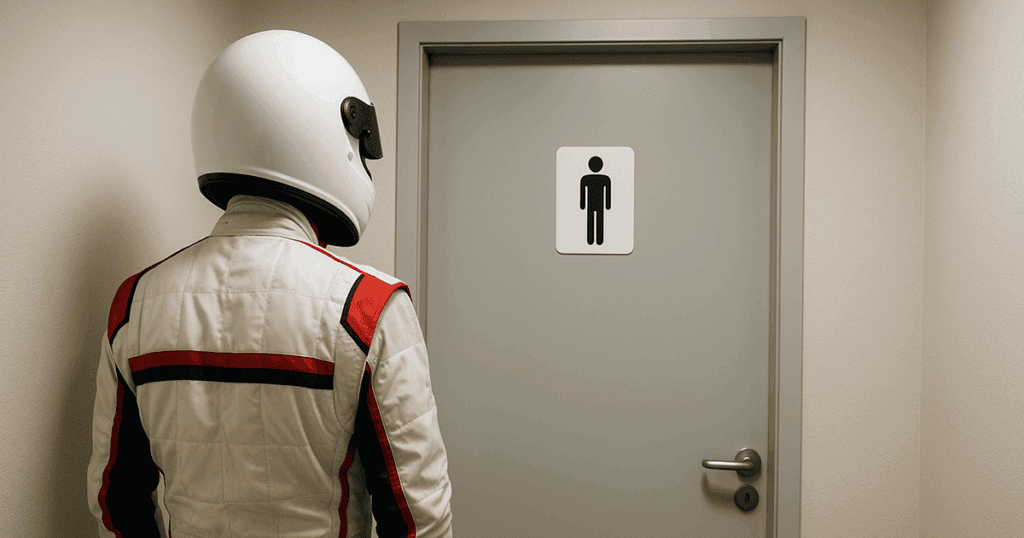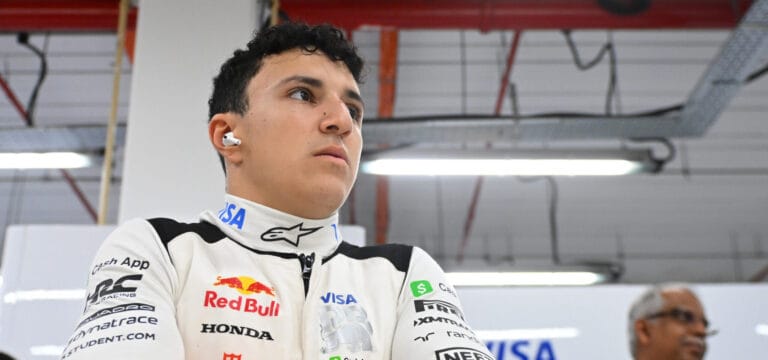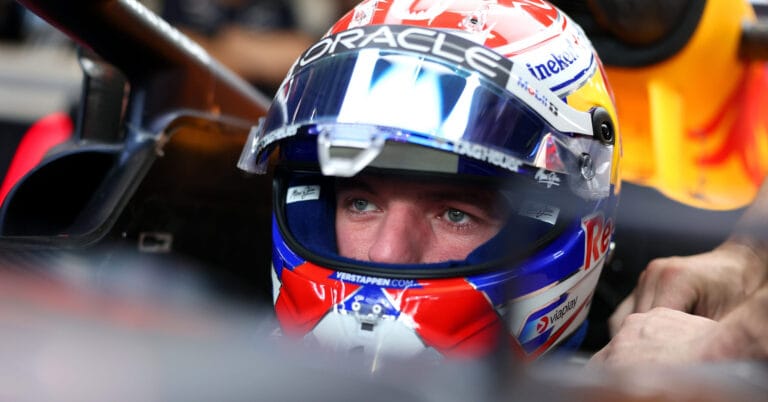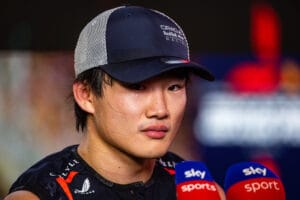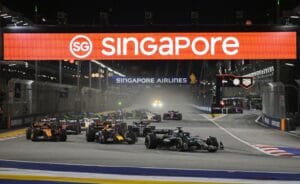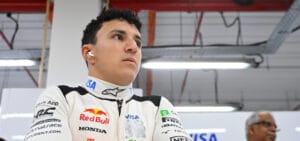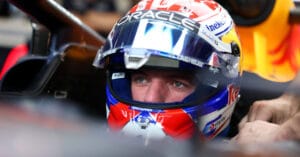Manipulation in motorsport is nothing new. After all, every team seeks the grey area of what is permissible. But what about the drivers? Do they ever use stimulants? A behind-the-scenes look at the doping control in Zandvoort. “Who knows if they’ve used drugs at a party or festival?”
Let’s go back to last year’s Dutch GP. As I walk out of the paddock in Zandvoort on Thursday, I suddenly notice two gentlemen hanging up a sign reading ‘doping control’. Doping control? In Formula 1? I need to know more about this and I approach the gentlemen. “We’re dealing with top-level sport here, and doping tests always have to be carried out,” one of them explains. They direct me to the medical centre at Circuit Zandvoort, near the start of the straight from the Arie Luyendyk bend, for more information.
As I walk there, infamous doping scandals come to mind. Lance Armstrong having to give up his seven Tour de France victories, or even further back, Ben Johnson losing his gold medal at the 1988 Seoul Olympics after a positive test. But these are sports where the physical strain on the human body is pushed to the extreme.
In motorsport, you tend to think more of ‘technical doping’. To what extent can you operate in the grey area or colour just outside the lines so that your car has an advantage over the competition’s? But you rarely hear about doping among drivers, although former F1 driver Tomas Enge was once suspended for 18 months in the GT1 World Championship due to doping. He also had to relinquish his Formula 3000 title due to cannabis use.
Separate Entrance
I receive an explanation at the medical center from Eric Koolen, head of medical services at the circuit in the dunes. “The FIA rules state that you must have doping facilities,” begins Koolen, who works as an anesthesiologist at the Twente hospital in his daily life. “This means that you must have a separate entrance at the medical center, a small office where an independent doping agency can sit, and a toilet where the urine is collected.”
Incidentally, doping has been checked in top sports since 1928. At that time, the IAAF world athletics federation was the first sports federation in the world to talk about doping. The agency active here in the paddock is WADA, the World Anti-Doping Agency, founded and managed by the IOC. A representative of them sits here in the office and ensures that all protocols are followed.
Koolen, who has been associated with the medical team of the Zandvoort circuit for 15 years, indicates that he does not know in advance whether there are doping controls at all. “But if controls are carried out, three drivers are always picked out. I then assign three so-called chaperones from my team. They ensure that the designated drivers actually hand in their urine. If female drivers are picked out, we now also have the F1 Academy, then I naturally ensure that female chaperones are linked to them.”
Tapped on the Shoulder
The drivers in question, of course, do not know in advance that they have to be tested. As soon as they park their car in the parc fermé after the finish, they are tapped on the shoulder by the chaperone and from then on participation in the control is mandatory. The chaperone then does not leave the driver’s side until the urine is collected in the bottle.
If the driver unexpectedly ends up on the podium, the chaperone waits at the podium until after the ceremony. “The driver in question will then usually not drink champagne because this can influence the test,” says Koolen. “But the pee must then be done before the media sessions begin. If a driver joins such a session later, this could be due to a doping control.”
Mirror, Mirror on the Wall
Then comes the important moment when a sample of the urine is taken. There are two toilets in the doping room, one for men and one for women. Koolen shows that the toilets are a bit more spacious. “This is made because you have to go in with two people. The chaperone who goes with the doping control must actually see with their own eyes that the person is actually peeing in the bottle. A mirror is then placed on the pot so that the chaperone can see whether the urine from the body ends up in the control bottle. This is then closed, sealed and sent to the lab.”
The Intricacies of Doping Control
The meticulous attention to doping control is largely due to the legendary story of Michel Pollentier after a Tour de France stage in 1978. The cyclist attempted to cunningly evade a positive doping test. Using a rubber balloon filled with doping-free urine under his armpit, he pumped the contents into the sample bottle through a tube. Unfortunately for him, the contraption malfunctioned and he was caught red-handed.
The Challenge of Providing a Sample
Urinating is not as simple as it might seem for the drivers. They lose liters of fluid during the race and are typically unable to fill a bottle immediately after crossing the finish line. That’s why plenty of water bottles are available at the doping control station. “These are all new bottles in untouched, sealed packages. This way, the drivers can’t accuse us of giving them a drink that already contained doping substances.”
The drivers are already relieved if they can urinate at all during a control, as sometimes it can take a while. For instance, Yuki Tsunoda was selected last year, and he had some difficulty. After drinking a lot and listening to the sound of running water in the sink next to the toilet, he managed to empty his bladder.
Drugs and Motorsport?
But what substances could drivers potentially take to enhance their performance? “Anabolic steroids to promote muscle growth, or certain medications to widen the airways. And of course, there are substances to increase concentration or react more alertly,” lists Koolen. “But they’ve also just had a three-week summer break. Who knows if they used drugs at a party or festival? They’re all young people who might want to let loose sometimes. Consider the incident with cyclist Tom Boonen who was caught using cocaine out of competition.”


